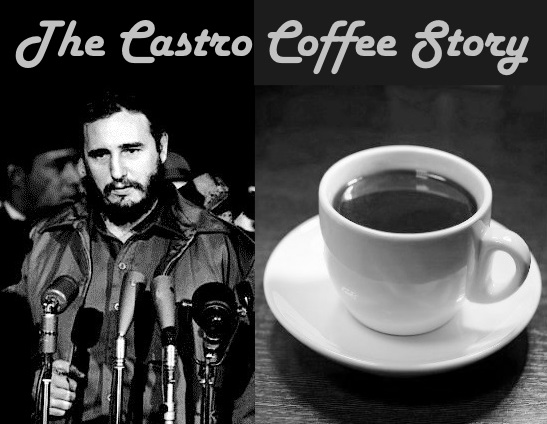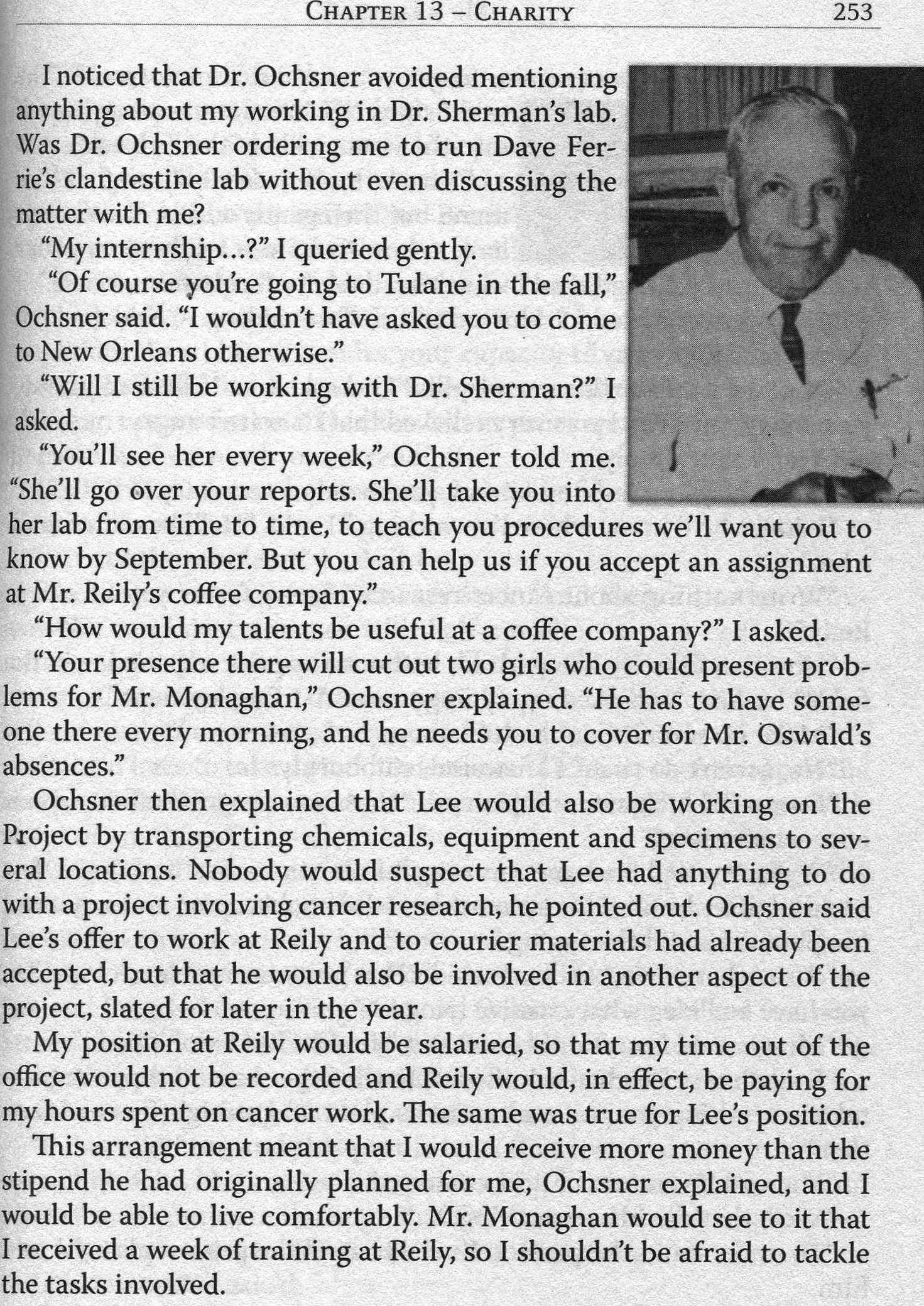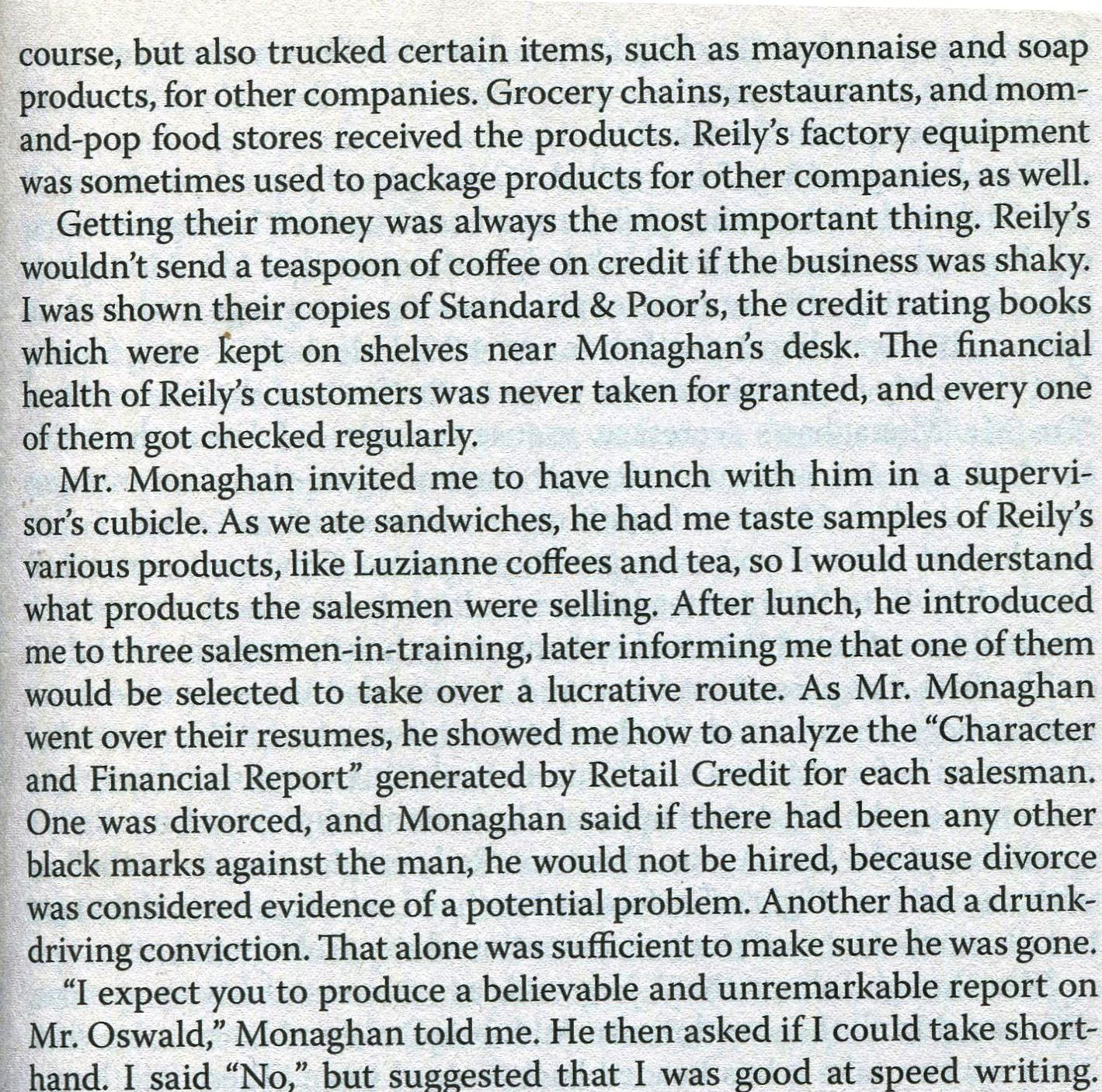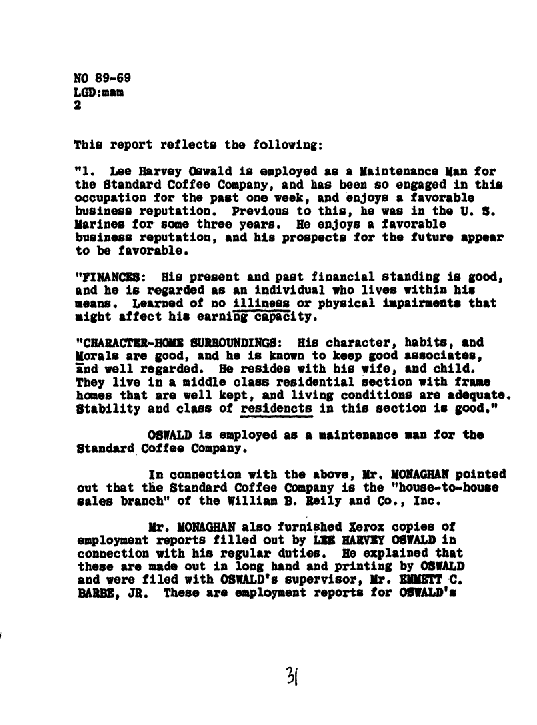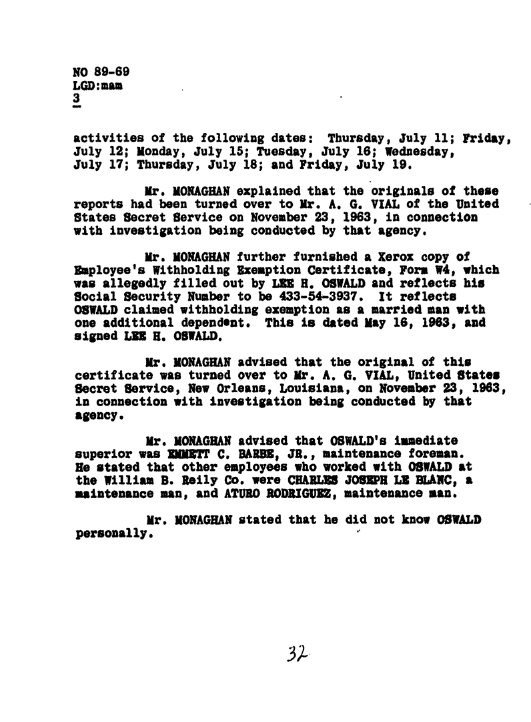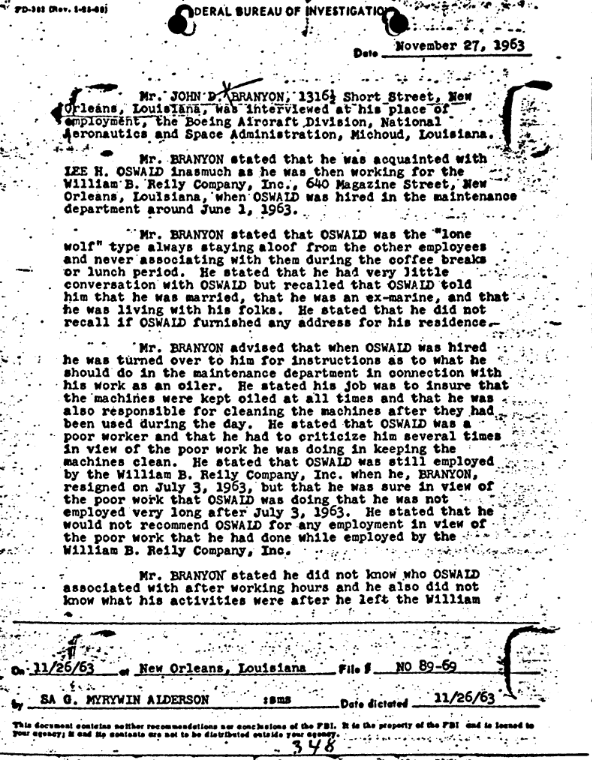When trying to compel others to support an unlikely idea, some writers will employ any method seeking to capture the audience within their story. Stories with romance, danger, secrets, and spies are likely to generate some interest and supporters despite the unverifiable nature of such claims. Only the greatest of fiction writers can envelop the reader in a wholly different realm of their invention, they seek to remove the boundaries of reality and myth. Unfortunately, some claiming to write non-fiction accounts of history also use these fictional details to improve their own less exciting actual lives.
History offers endless mysterious and intriguing events that a creative writer might attempt to insert themselves within a notable event. Notable portions of history attract mythmakers and the desire attention, profit, and notoriety to manipulate the public. Such can be observed with former Oprah's Book Club author James Frey in his debunked biography "A Million Little Pieces." No one was able to prevent that fiction offered as truth from manipulating an international audience and unfortunately some will seek to gain from wholly unproven and sometimes completely unreliable stories. Thus, we should not believe any story without substantial and verifiable evidence and popularity does not assure the credibility or accuracy of a claim.
There is no shortage of public and official myths surrounding the assassination of President John F. Kennedy because the case attracts sensational rumors and unlikely stories emerge regularly. Whether the unlikely story is the Single Bullet Theory or those claiming a small army of snipers were in Dealey Plaza, neither is compelling based upon the facts and evidentiary flaws within each claim. We should not settle for answers without reasonable explanations, no one's word is good enough; no endorsement can replace demonstrable facts. So I offer perhaps among the most brazen of myths for inspection to compare it to credible evidence.
Writer and purported witness Judyth Vary Baker has made several unproven allegations and claims without offering any verifiable evidence. She claims having a most unlikely whirlwind love affair with Lee Harvey Oswald for a few months in the summer of nineteen sixty-three while he was in New Orleans. Yet no legally verified evidence connects her to Oswald, so what you might ask does Baker offer to prove these extraordinary claims, she offers her repeated pronouncements and little else. She asserts that her high school achievements prove a later wholly improbable series of events. They are offered largely without the ability to verify them, no contemporary photographs of her with Oswald exist, and no statements by the many infamous people she claimed to associate with are proven.
Baker's further alleges that she, Dr. Edward William Alton Ochsner, Lee Harvey Oswald, David Ferrie, and Dr. Mary Sherman were all involved in Central Intelligence Agency plot to kill Fidel Castro. Indeed such plots were underway in official circles, yet she claims that without proper training, lacking the education, and without verifiable connections to officials, she and some others who were similarly unqualified created a cancer weapon. A weapon that no contemporary science verifies existing; it is just seemingly another in the many improbable tales of Judyth Baker. Some have and still believe this unfortunate science fiction; however, evidence contends nearly all of Baker's assertions.
During nineteen seventy-two, the CIA's Office of Security internally compiled a list of all employees connected with the Castro plots. The list includes men such as Allen Dulles, J.C. King, Sheffield Edwards, William Harvey, and James O'Connell. The list does not mention Dr. Edward William Alton Ochsner the person Baker claims led one of the Castro plots. Additionally, if the CIA wanted to protect the plots they would have likely hidden the names of a former Agency director, the Office of Security chief, and other notorious members on the verified list. They would not just remove Ochsner and leave the others because Ochsner was never a CIA officer or employee and he was not involved in a Castro plot based on substantial evidence.i
The facts instead prove that Ochsner did serve as a CIA informant providing intelligence he gathered at medical conferences abroad regarding Soviet and Soviet bloc countries.ii Ochsner also helped fund the Information Council of The Americas (INCA) an anti-Communist propaganda group the Agency did not associate with until nineteen sixty-five, long after Baker's claims.iii Ochsner was publicly opposed to anyone with connections to groups allied with Communism or Socialism. In nineteen sixty-seven, he publicly stated in the New Orleans media that Lee Harvey Oswald was guilty and Mark Lane was a propagandist. If Ochsner had any connection to Oswald, he likely would not seek to draw greater attention to Oswald with a public denunciation of those who supported him.iv He seemingly did not care about Oswald and had no verifiable association with him.
Perhaps instead of the wholly disproven and unlikely claims of Baker, the reason she tried to enlist Ochsner in her myth was because the Garrison investigation for a period focused on him as a suspect.v Yet no verifiable evidence supports Ochsner's involvement, but the suspicion of it might have been enough to lure Baker. Perhaps the most damaging evidence to her claims is the formerly classified CIA document that reports Edward Ochsner's last contact with the Agency. Baker claims in her book "David Ferrie" that Ochsner began the CIA cancer weapon project in March of nineteen sixty-two and in her book "Me and Lee" she prior claimed Ochsner subsequently recruited her and Oswald.
Yet a verifiable legal document states the Agency's "Last official contact with Dr. Ochsner personally occurred on 8 January 1962."vi Months before the date of her plot allegation, Dr. Ochsner had no further verifiable contacts anytime during nineteen sixty-three. Baker's recruitment by Ochsner was purported to occur on May 8, 1963 more than year after Ochsner ceased his contact with the CIA. Substantial evidence supports no cancer weapon ever existed, Ochsner was never involved in such a plot, and his supporting actions for the CIA did not involve Judyth Baker or any of the other people she claims it did.
Another portion of Baker's story is based on quite a few elaborate claims and check stubs that she was employed at the William B. Reilly Coffee Company, the same business that employed Oswald for a few months in nineteen sixty-three. Reilly Coffee Company had multiple locations, the plant and a sales branch office. While Oswald worked at the company production plant, Baker claimed to work on credit reports, payroll files, background checks, shipment examination, and was a floor secretary to Vice President of the Riley Coffee Company William Monaghan. To support her other claims of doctoring Oswald's time cards and having access to him she apparently believes she needs all those jobs. Baker then claims in her book "Me and Lee" that she and Oswald both met with William Monaghan at the Standard Coffee sales offices a block away from the Reilly Coffee plant building on their first day.
Regrettably, in a legal statement to the Federal Bureau of Investigation William Monaghan affirms he never knew Oswald personally.vii The person who likely would have met with Oswald was his direct supervisor Emmet Barbe or the man who employed him former Plant Manager Alfred Claude. It makes little sense to have an executive meet with a maintenance worker for introductions and it is because of Baker's other various stories this strange instance is offered. Thus, Baker has made another in a verifiable plethora of unlikely claims that evidence contends. If she were William Monaghan's secretary as claimed, she would have likely been located at the Standard Coffee offices of the William Reilly Company a block from the Reilly Coffee plant. This of course would preclude her ever working with Oswald, and that perhaps is why she claims to be the plant secretary.
Baker was seemingly not attentive to detail because among the nameless salespeople mentioned in her book, some whose resumes she claimed to review, was Oswald's cousin William S. Oswald.viii One would imagine anyone but the most inattentive person would not have realized this in months of employment. This may suggest Baker had no access to the employment files she claims or that she did work with an Oswald, just not the Oswald related to the JFK case.
No one present in the sales office confirms Baker's multiple claimed meetings of her, Oswald, and Monaghan, who himself prior attests legally to never knowing Oswald personally. Reilly's Assistant Vice President in Charge of Production John Clark stated his only interactions with Oswald were to reprimand him a few times. Clark states after an inquiry of all Reilly plant employees he learned of six people that could have encountered Oswald. He names employees Rose Schambra, Emmet Barbe, Charles Le Blanc, Arturo Rodriguez, Alfred Claude, and John Branyon.ix Notably Judyth Baker is never mentioned by any person working at the company despite they could easily confirm her claims if they were true.
Rose Schambra supervised three coffee packaging machines at the Reilly plant; each machine required greasing by a maintenance worker. Oswald under her supervision would maintain the machines and she commented that he seemed quiet and shy. Schambra offered that Oswald never seemed to converse with anyone.x She affirms having no contact with Oswald beyond work related conversation.
Maintenance Foreman Emmet Barbe was Lee Harvey Oswald's immediate superior and recalled that Oswald was quiet and never spoke unless someone else initiated conversation. He noticed that Oswald seemed averse to conversation and "...usually gave no recognition of persons around him and spoke only when spoken to." Barbe notes that Oswald never made any statements
critical of America or President Kennedy.xi
Charles Le Blanc was a maintenance man at Reilly for over a decade who states he "broke Oswald in" for his oiler-machinist assistant job. Le Blanc deems Oswald a poor worker who often wandered off when he was required and Le Blanc would have to track Oswald down inside the plant. The only employee Le Blanc observed having contact with Oswald was maintenance worker Arturo Rodriguez
and Oswald is not observed with a female employee besides Rose Schambra by
anyone at Reilly.xii
Arturo Rodriguez reports that he instructed Oswald how to oil and clean the machines and observed, "...Oswald was not friendly with any of the employees and he described Oswald as a person who did not talk much, was very quiet and did not associate with any employees." Since Rodriguez was instructing Oswald and working in close proximity, he witnessed large portions of time and supports
Oswald did not associate with other employees.xiii Repeated legal statements
contend Baker's claims.
Former Reilly Coffee Company employee Alfred Claude hired Lee Harvey Oswald four weeks before leaving Reilly for another job. Oswald had found the job from an advertisement in a local paper and this would support the job was not a cover job as Judyth Baker asserts, but just another job in Oswald's long list of them. Claude noticed that Oswald did not associate with other employees even during coffee breaks and lunch. The only complaint Oswald gave was his placement on the late shift, Oswald complained he did not like to work on the late shift.xiv If the job were a cover for any clandestine operation, the later shift would seem optimal for being unobserved for long periods. Claude also noted that Oswald's work was poor and he nearly fired him on several occasions, but due to a lack of replacement workers, he did not. This would support again Reilly Coffee was just another job and no secret plan kept Oswald employed but luck and a lack of replacement workers. His complaints and repeated actions would support he did not place any great importance on his time at Reilly's which makes complete sense if one ignores the tales of Judyth Baker.
The final person with a verified association to Oswald at Reilly Coffee was former employee John Branyon and he reaffirms the statements of all other Reilly employees with noted access to Oswald. He states Oswald did poor work and that he criticized him on multiple occasions and Branyon informs officials that Oswald was a "lone wolf" who did not associate with other employees during coffee breaks or lunch. No other Reilly Coffee employees were observed associating with Lee Harvey Oswald based on the primary evidence. Every time Baker claims in her books to associate with Oswald apparently never happened.xv
There is no verifiable mention of Judyth Baker at the William B. Reilly Coffee Company in association with Lee Harvey Oswald; the evidence disproves her claims of various encounters with Oswald and Reilly Vice President William Monaghan. Not a single employee from the coffee plant or sales staff ever mentions Judyth Baker, including Oswald's second cousin. The evidence supports Oswald was never in the company of any woman at Reilly besides work related discussions with Rose Schambra.
Documents contend all of her assertions of a Castro cancer weapon scheme involving a man who had no contacts with the CIA at the time. Judyth Baker declares associating with Oswald at the Reilly Coffee plant repeatedly and no contemporary witness supports her. All those things are merely fantasy, not a single verified fact supports them and her claims to know multiple famous and infamous people too have no proof or proper verification. Why should anyone believe a single claim Baker has purported for decades when her most important assertions were nothing more than evolving myths.
References:
i. House Select Committee on Assassinations, Segregated CIA file, Roselli, John, Box 1, February 15, 1972
ii. HSCA, Seg. CIA file, Ochsner, Edward William Alton aka Ochsner, Alton, Box 42, May 31, 1968
iii. HSCA, Seg. CIA file, No Title, Information Council of the Americas, (n.d.)
iv. Federal Bureau of Investigation, JFK Headquarters File (62-109060), Section 125, Lane called Propagandist, New Orleans States-Item, April 6, 1967
v. HSCA, Seg. CIA file, Microfilm Reel 25, Folder H: Garrison, Agrupacion Montecristi-DRE, Dr. Alton Ochsner, May 20, 1969
vi. HSCA, Seg. CIA file, Microfilm Reel 24, Photo Surveillance, Garrison, Garrison Investigation of Alleged Plot to Assassinate President Kennedy, May 23, 1968
vii. President's Commission Document 75, FBI Debreuy's Report of 02 Dec 1963 re: Oswald/Russia, Section A. Employment, Statement of William I. Monaghan, November 23, 1963, p. 3
viii. President's Commission Document 87, Secret Service report of 08 Jan 1964 re: Oswald, December 3, 1963, p. 7
ix. Hearings of the President's Commission, Volume XXIII, Commission Exhibit 1899, FBI Statement of John C. Clark, November 23, 1963, pp. 1-2
x. Hearings of the Pres. Com., Vol. XXIII, Commission Exhibit 1899, FBI Statement of Rose Schambra, November 25, 1963, pp. 1-2
xi. President's Commission Document 75, FBI DeBrueys Report, Dec 1963 re: Oswald/Russia, Statement of Emmet Charles Barbe, Jr., November 23, 1963
xii. Hearings of the Pres. Com., Vol. XXIII, Commission Exhibit 1897, FBI Statement of Charles Joseph Le Blanc, November 23, 1963, pp. 1-2
xiii. Ibid, FBI Statement of Arturo Mendez Rodriguez, November 25, 1963, pp. 1-2
xiv. President's Commission Document 75, FBI DeBrueys Report of 02 Dec 1963 re: Oswald/Russia, Statement of Alfred A. Claude Jr., November 26, 1963
xv. FBI, Oswald HQ File 105-82555, Section 11, Statement of John D. Branyon, November 27, 1963, pp. 1-2
Related Research Articles
The Ghost of Speculations Past by C.A.A. Savastano
The Ghost of Speculations Present by C.A.A. Savastano
The Ghost of Speculations Future by C.A.A. Savastano
Evidence and the Big Easy II by C.A.A. Savastano
Evidence and the Big Easy III by C.A.A. Savastano
Related Podcasts
Punchin' Judy part 2
Related Press
The Sarasota Herald and Tribune
Willamette Week
Research by: C.A.A. Savastano
Updated: Januaury 2018
Back to the Vault

